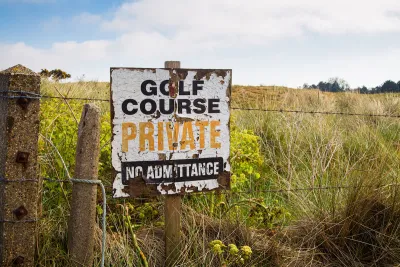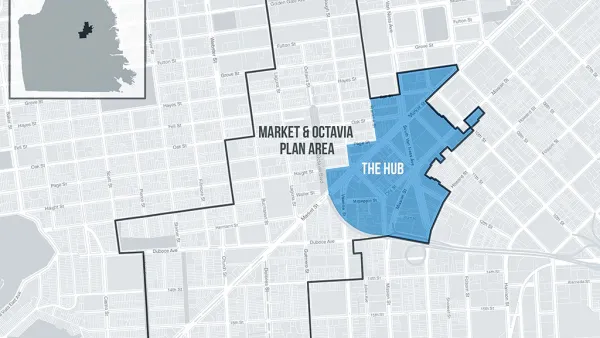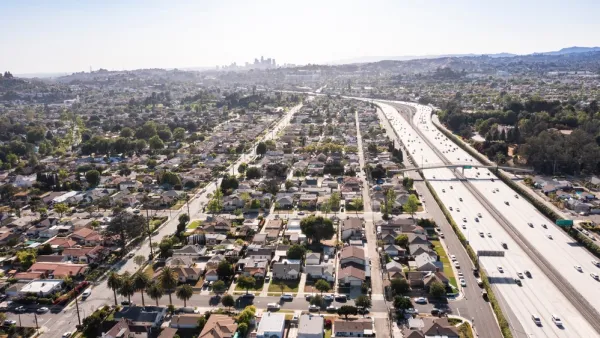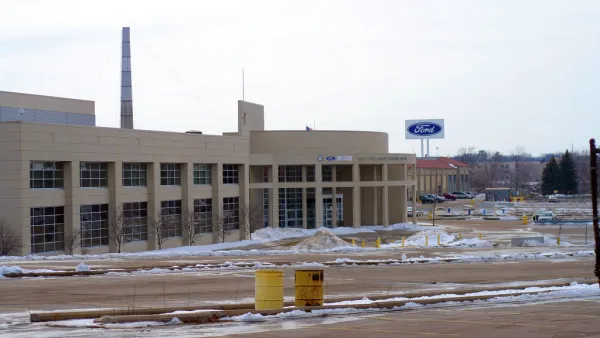Thousands of golf courses have closed in recent years, but the obvious redevelopment opportunity represented by many defunct courses isn’t always easy to realize.

Nearly 1,500 golf courses or country clubs have closed in the United States since 2014, according to research firm IBISWorld, but transforming those properties into development projects hasn’t always proven as easy as developers would like.
A recent article by Andy Medici, paywalled at the Business Journals, provides a rundown of numerous massive projects rising on the former grounds of golf courses—after overcoming stiff odds.
As noted by the article, golf course redevelopment means the potential of thousands of homes, billions of dollars in investment, and the ability to start from the ground up on relatively untouched land.
“But these projects often take years of cutting through red tape […] and for every project that is successful, 10 more never cross the finish line, victims of what he sees primarily as a mixture of zoning hurdles and NIMBYism (not-in-my-backyard-ism) by small but motivated resident groups,” writes Medici.
According to the article, land use regulations are the most common obstacle for golf course redevelopments. “Those obstacles can include contractual obligations put in place when a golf course was first developed to ensure the property cannot be used for anything else or conservation easements,” writes Medici, while citing Jordan Block, a global urban design discipline lead and principal at Stantec and a member of the Denver Planning Board, as a source.
For every example of golf courses with developers ready and willing to transform the land, Medici is able to cite unique opposition to redevelopment plans. Some states and the federal government have begun exploring tools for easing the transition from golf to homes, but the most famous example, a law proposed in the California Legislature in 2022, didn’t win full approval. The law, AB 1910, would have provided funding to local agencies to convert golf courses into affordable housing.
FULL STORY: Closed golf courses, country clubs offer high risks, big rewards for developers

Analysis: Cybertruck Fatality Rate Far Exceeds That of Ford Pinto
The Tesla Cybertruck was recalled seven times last year.

National Parks Layoffs Will Cause Communities to Lose Billions
Thousands of essential park workers were laid off this week, just before the busy spring break season.

Retro-silient?: America’s First “Eco-burb,” The Woodlands Turns 50
A master-planned community north of Houston offers lessons on green infrastructure and resilient design, but falls short of its founder’s lofty affordability and walkability goals.

Test News Post 1
This is a summary

Analysis: Cybertruck Fatality Rate Far Exceeds That of Ford Pinto
The Tesla Cybertruck was recalled seven times last year.

Test News Headline 46
Test for the image on the front page.
Urban Design for Planners 1: Software Tools
This six-course series explores essential urban design concepts using open source software and equips planners with the tools they need to participate fully in the urban design process.
Planning for Universal Design
Learn the tools for implementing Universal Design in planning regulations.
EMC Planning Group, Inc.
Planetizen
Planetizen
Mpact (formerly Rail~Volution)
Great Falls Development Authority, Inc.
HUDs Office of Policy Development and Research
NYU Wagner Graduate School of Public Service




























